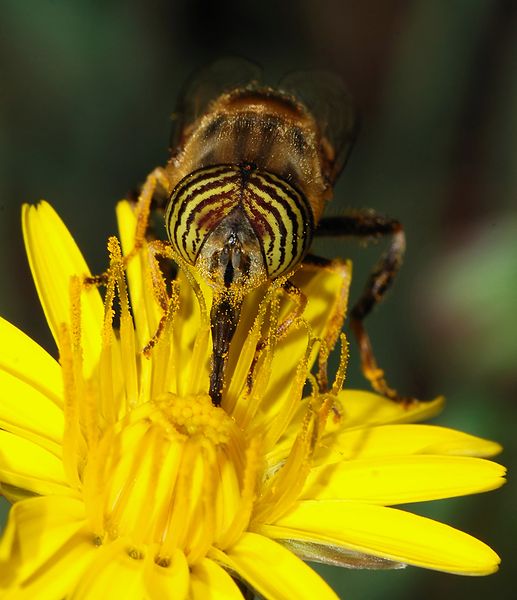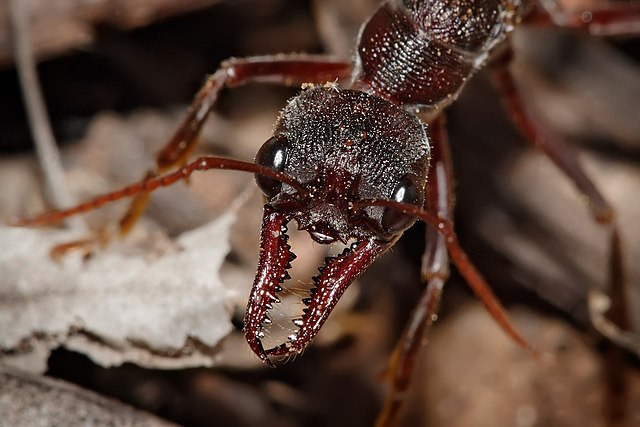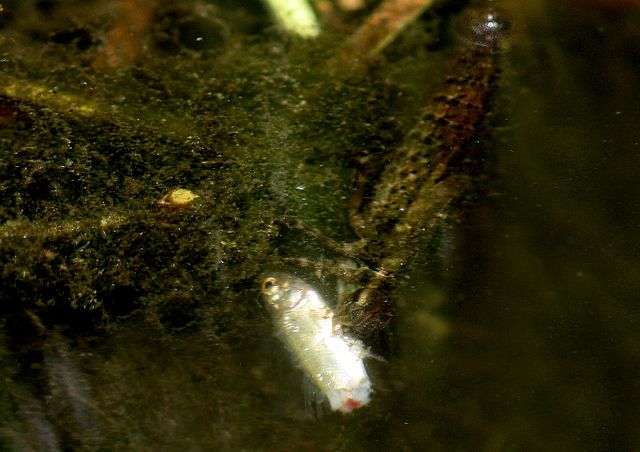A proboscis is an elongated appendage from the head of an animal, either a vertebrate or an invertebrate. In invertebrates, the term usually refers to tubular mouthparts used for feeding and sucking. In vertebrates, a proboscis is an elongated nose or snout.
A syrphid fly using its proboscis to reach the nectar of a flower
Convolvulus hawk-moth (Agrius convolvuli) feeding with extended proboscis
Proboscis of a predatory marine snail Mitra mitra.
Kellet's whelks feeding on a dead fish using a long, prehensile proboscis.
Insects have mouthparts that may vary greatly across insect species, as they are adapted to particular modes of feeding. The earliest insects had chewing mouthparts. Most specialisation of mouthparts are for piercing and sucking, and this mode of feeding has evolved a number of times independently. For example, mosquitoes and aphids both pierce and suck, though female mosquitoes feed on animal blood whereas aphids feed on plant fluids.
The trophi, or mouthparts of a locust, a typical chewing insect: 1 Labrum 2 Mandibles; 3 Maxillae 4 Labium 5 Hypopharynx
The mandibles of a bull ant
European honeybee (Apis mellifera) lapping mouthparts, showing labium and maxillae
Dragonfly nymph feeding on fish that it has caught with its labium and snatched back to the other mouthparts for eating. The labium is just visible from the side, between the front pairs of legs.








